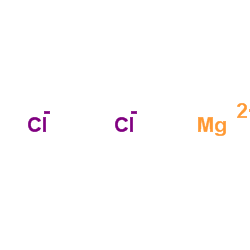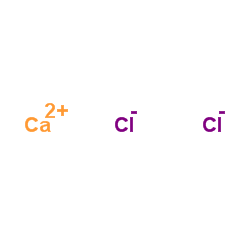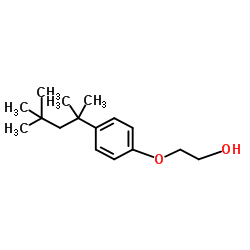| Structure | Name/CAS No. | Articles |
|---|---|---|
 |
Glycerol
CAS:56-81-5 |
|
 |
sodium chloride
CAS:7647-14-5 |
|
 |
Ethanol
CAS:64-17-5 |
|
 |
Magnesium choride
CAS:7786-30-3 |
|
 |
Calcium chloride
CAS:10043-52-4 |
|
 |
HEPES
CAS:7365-45-9 |
|
 |
SODIUM CHLORIDE-35 CL
CAS:20510-55-8 |
|
 |
Ethylenediaminetetraacetic acid
CAS:60-00-4 |
|
 |
2-(4-(1,1,3,3-Tetramethylbutyl)phenoxy)ethanol
CAS:2315-67-5 |
|
 |
calcium chloride dihydrate
CAS:10035-04-8 |